Chest pain, resolved. Does it need emergent cath lab activation (some controversy here)? And much much more.
Dr. Smith's ECG Blog
APRIL 22, 2024
A 50-something male with hypertension and 20- to 40-year smoking history presented with 1 week of stuttering chest pain that is worse with exertion, which takes many minutes to resolve after resting and never occurs at rest. At times the pain does go to his left neck. It is a ssociated with mild dyspnea on exertion. Am Heart J.


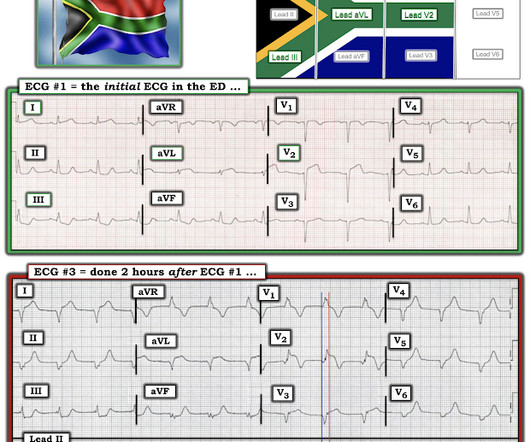
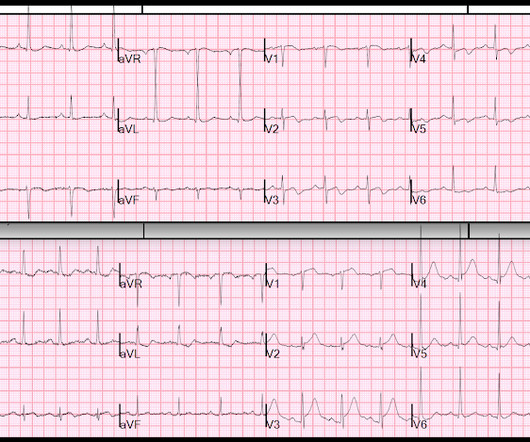
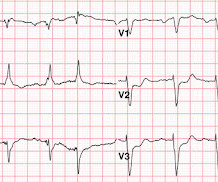
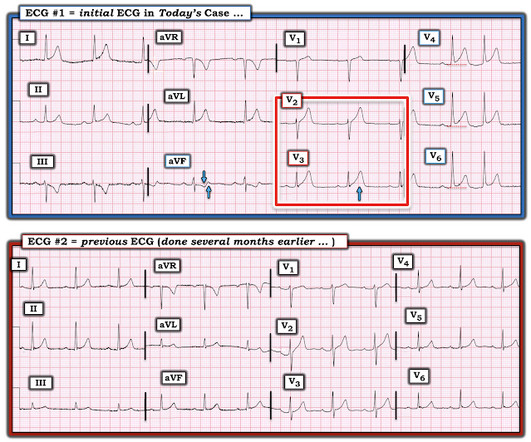

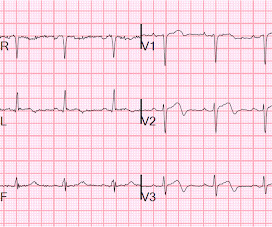
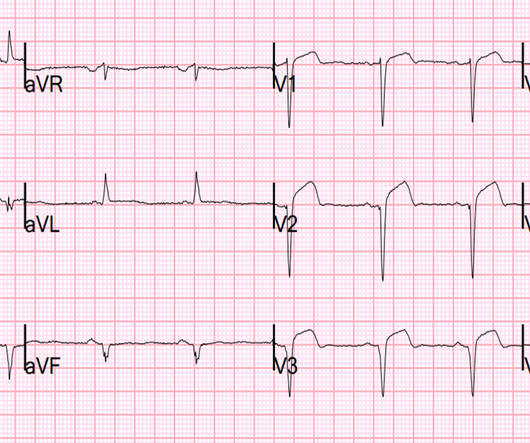






Let's personalize your content